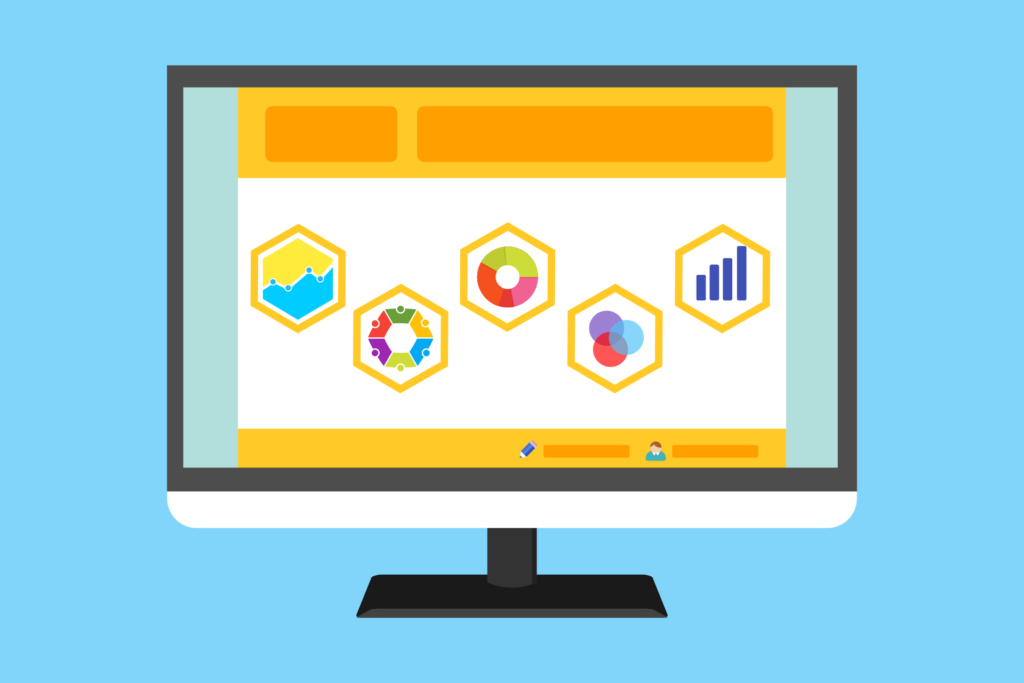A fast website isn’t just a luxury; it’s a necessity. Slow-loading sites frustrate users, lead to higher bounce rates, and negatively impact your SEO rankings. Here’s how to optimize your site for speed.
Start by optimizing your images. Large, uncompressed images are a common culprit for slow loading times. Use tools like TinyPNG or ImageOptim to compress files without losing quality. Also, consider using next-gen formats like WebP.
Next, implement browser caching. This allows users’ browsers to store static files, like images and CSS, so your site loads faster on return visits. Tools like WP Rocket can simplify this process.
Reduce your server response time by choosing a reliable hosting provider and optimizing your server settings. Consider using a Content Delivery Network (CDN) to distribute content across multiple servers worldwide.
Lastly, minify your code. Remove unnecessary characters, spaces, and comments from your HTML, CSS, and JavaScript files. Tools like Minify or online services can streamline this process.
By focusing on these strategies, you can ensure your website runs quickly, improving user experience and search engine rankings.

